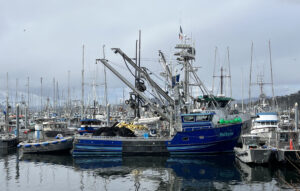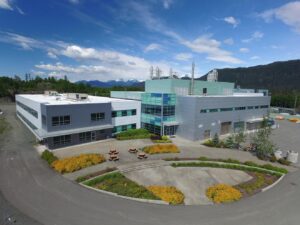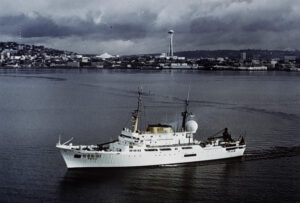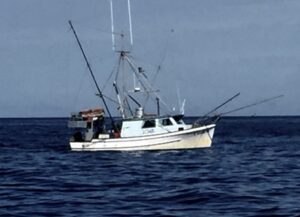Articles
The Sitka Harbor Dept. did not receive federal “Port Infrastructure Development Program” (PDIP) grant funding in 2023, so “We are re-applying again in 2024,” says Harbormaster Stan Eliason. Grant results will not be known until fall, 2024.
These funds would be used to upgrade electrical systems at Eliason Harbor. “The pilings have 22 years of life left,” said Eliason, who would like to get “at least 20 years of life from the electrical system. In a perfect world, the pilings, electrical and everything else would have the same service life expectancy.”
Ask any Sitkan – or indeed, any Alaskan (especially fishermen and mariners) — if they have heard of NOAA, and they will likely respond with a light in their eyes and a nod of their heads.
The acronym “NOAA” stands for National Oceanic and Atmospheric Administration. This federal agency was organized in 1970 under the US Department of Commerce.
My month on the NOAAS Oceanographer (R 101) in the South Pacific was indeed most memorable. I still have my file from that adventure, which was in the late 1980s, maybe 1987 or ‘88.
The USPHS called for volunteer physicians from the Commissioned Corps and the Clinical Director at Mt. Edgecumbe Hospital where I served in Sitka approved my TDY.
Imagine: You pilot your boat quietly into a secluded bay, savoring the perfect reflection of the shoreline mirrored in the still surface.
The only sound is the swish of water along the hull. You step out onto the back deck and take a deep breath of clear crisp air—ahh, clean and quiet! Wait…no engine rumble echoing off the forested shore?




